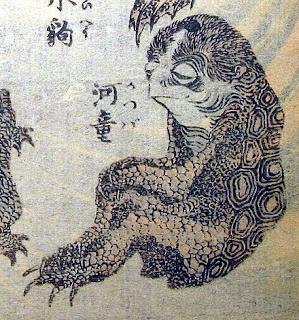Week 13 Reading Notes A: Kali the Mother
This story is interesting because it invokes language and the symbolism within it. The beginning really details the difference between language of different places where tongues form different words. It takes it to an idea of exploration and causation, stating that if the culture is explored, there will be found a reason for this particular language’s deviation from the rest. Nivedita discusses the differences of words which are essentially used to describe the same thing, but with different meanings and connotations behind them as the ideas themselves retain a different meaning in these different places. An example is “twilight” and “time of union” referring to the time of day with the sky’s sun and darkness seem to meet. The words contain visual responses, visual ideas or illustrations, that bloom out of connotation and understanding.
Nivedita says something is similar about religious symbols. She brings in the idea of fire, which is an image concerned with both the Christian God and Kali. She also invokes Mary, the mother of God, who is “a goddess throned in her son’s worship.” It is such an interesting idea to think of Mary as a goddess. Mary is spoken of as a supreme ruler within Heaven, an idea so different from the classic idea of Christian worship. Her arm is a throne for God to sit. I think it is such a strange yet lovely beautiful idea. I think that is what she feels Kali represents, in a way. She is Mother.
Kali the Mother by
Sister Nivedita: Concerning Symbols
Kali Wikipedia




Comments
Post a Comment